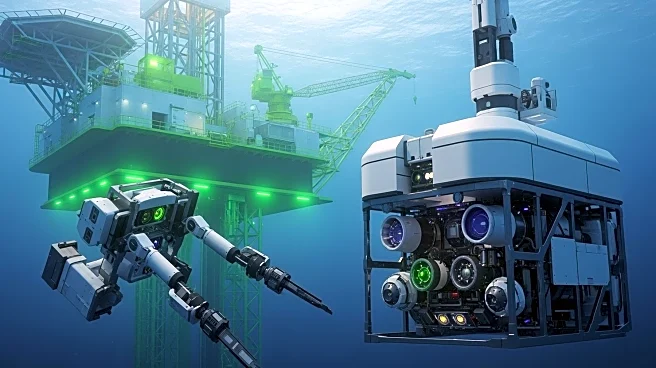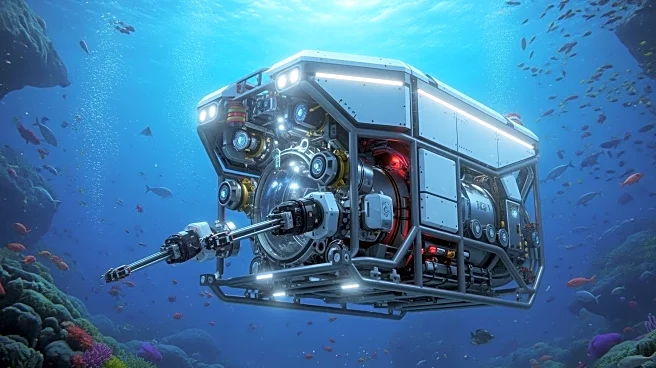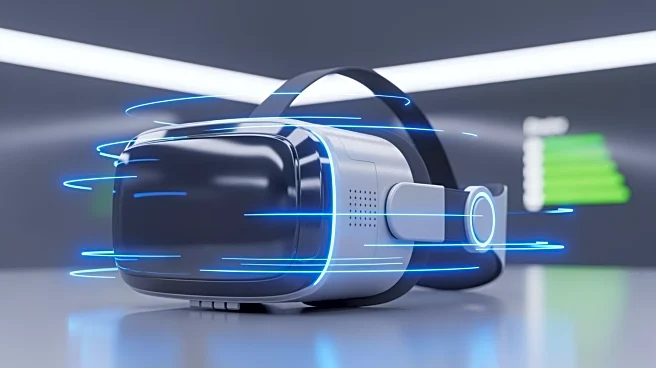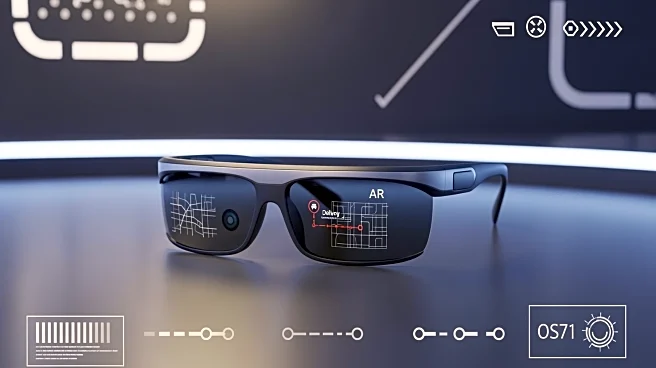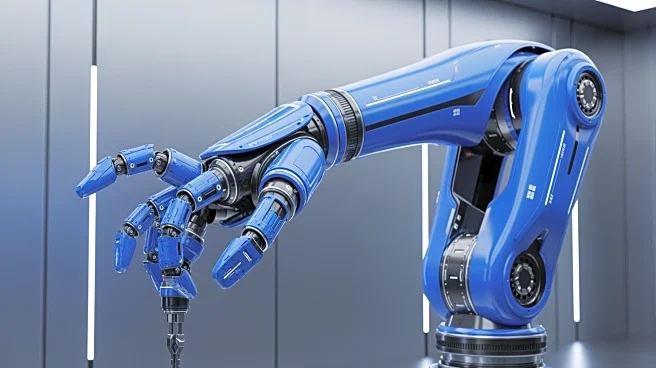What's Happening?
Halliburton has entered into a framework agreement with Shell to provide umbilical-less tubing hanger installation and retrieval services using its Remote Operated Control System (ROCS) technology. This
agreement follows a successful three-well technology phase in the Gulf of America, where ROCS demonstrated significant improvements in speed, safety, and operational precision. Josh Sears, Senior Vice President of Halliburton’s Drilling and Evaluation division, highlighted the benefits of ROCS, noting its potential for broader adoption across global rig fleets due to its reliability and cost-effectiveness. The ROCS system, developed by Optime, a Halliburton service, is designed to enhance efficiency by reducing deck operations by up to 75%, shortening running and pulling times, and improving downhole line testing. It has been deployed in various offshore regions, including the Norwegian Continental Shelf, West Africa, and the Gulf of America, where it set a new global benchmark for the deepest umbilical-less operation completed to date.
Why It's Important?
The agreement between Halliburton and Shell marks a significant advancement in deepwater operations, offering a more efficient and safer alternative to conventional methods. The ROCS technology reduces surface pressure risks and minimizes personnel exposure, which is crucial in complex offshore environments. As global operators face increasing challenges in optimizing offshore development, Halliburton's ROCS solution provides a pathway to higher efficiency, lower operational risk, and faster project delivery. This development is likely to influence the broader adoption of advanced technologies in the oil and gas industry, potentially leading to cost savings and enhanced safety measures in deepwater drilling operations.
What's Next?
With the successful implementation of ROCS technology in the Gulf of America, Halliburton is poised to expand its use across other global offshore regions. The agreement with Shell could lead to further collaborations and the adoption of ROCS technology by other operators seeking to optimize their deepwater operations. As the industry continues to evolve, Halliburton's innovative approach may set new standards for efficiency and safety in subsea completions, potentially influencing future technological developments and operational strategies in the sector.
Beyond the Headlines
The deployment of ROCS technology represents a shift towards more sustainable and safer deepwater drilling practices. By minimizing personnel exposure and reducing surface pressure risks, Halliburton is addressing critical safety concerns in the industry. This technological advancement may also prompt discussions on the ethical implications of automation in offshore operations, as companies balance efficiency gains with workforce impacts. Additionally, the success of ROCS could drive further investment in research and development, fostering innovation in subsea technology.
